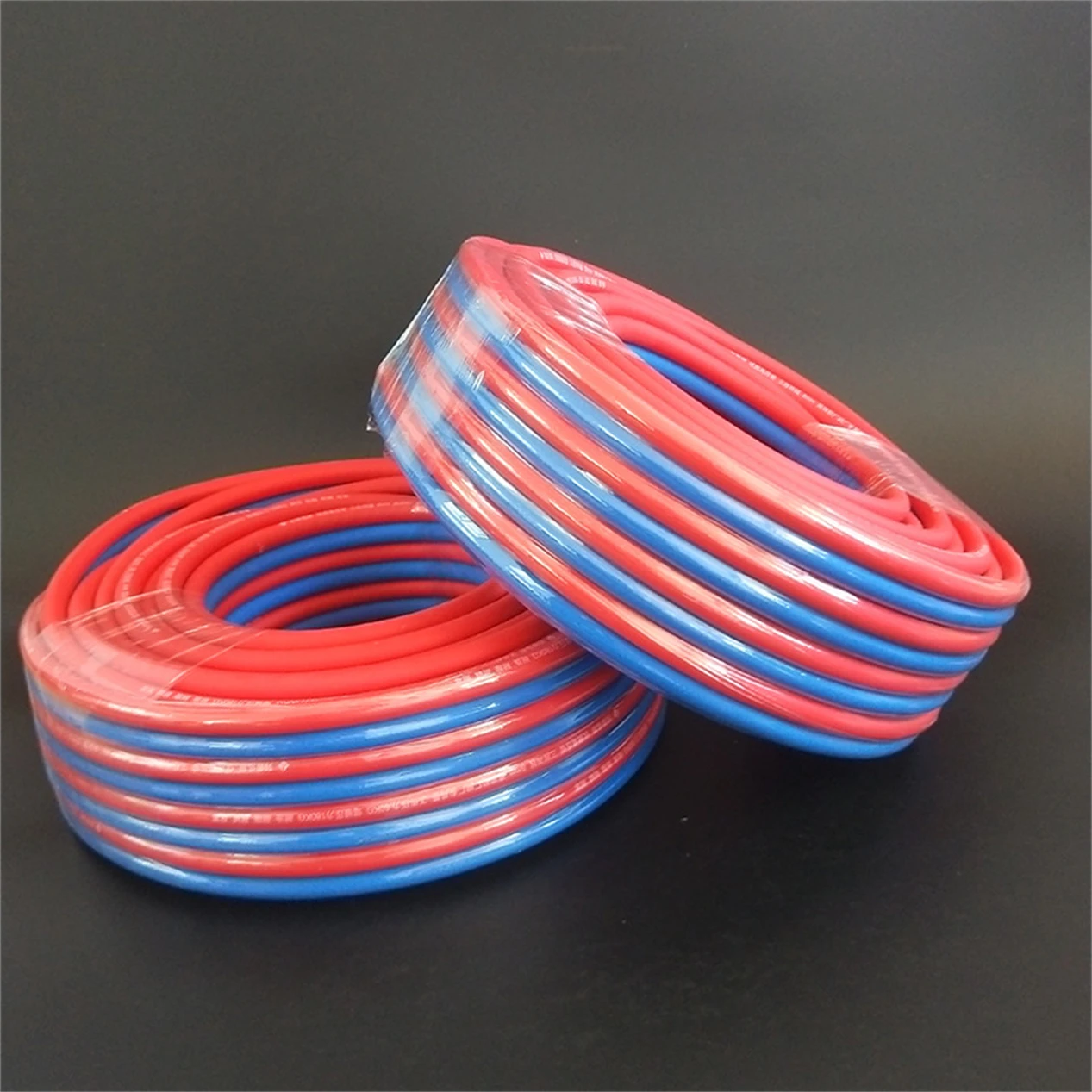lpg hose pipe
Understanding LPG Hose Pipes Essential Components for Safe Gas Handling
Liquefied petroleum gas (LPG) is a widely used fuel source, essential for cooking, heating, and powering vehicles. The efficient and safe transportation of LPG from storage tanks to appliances relies heavily on quality LPG hose pipes. These hoses are vital in various applications, ranging from residential kitchens to industrial settings. In this article, we will explore the importance, construction, and maintenance of LPG hose pipes.
What is LPG Hose Pipe?
LPG hose pipes are specialized tubes designed for transporting liquefied petroleum gas. These hoses are made from materials that can withstand high pressures and resist degradation from the gas and environmental factors. Typically, LPG hoses are constructed from rubber, thermoplastic, or composite materials, which provide flexibility, durability, and resistance to extreme temperatures.
Importance of LPG Hose Pipes
1. Safety Safety is paramount when handling LPG. High-quality hoses are designed to prevent leaks, which can lead to catastrophic consequences including explosions and fires. Many LPG hoses come equipped with safety features such as burst-resistant liners and flame-resistant outer layers.
2. Efficiency Utilizing the correct LPG hose pipe ensures that gas flows smoothly and efficiently from one point to another. Poor-quality or damaged hoses can restrict gas flow, impacting the performance of appliances and leading to inefficient fuel usage.
3. Versatility LPG hoses are versatile and can be used in various applications, including cooking, heating, and even powering generators. Specially designed hoses can withstand outdoor elements, making them suitable for camping or industrial use.
Construction of LPG Hose Pipes
A typical LPG hose pipe consists of several key components
- Inner Tube This is the layer that comes into direct contact with LPG. It must be made from materials that can handle high pressure and resist permeation.
lpg hose pipe

- Reinforcement Layer Most LPG hoses feature one or more layers of woven textile or steel braiding that provides strength and prevents bursting under pressure.
- Outer Cover The exterior of the hose protects it from UV rays, abrasion, and other environmental factors. A robust outer cover is crucial for outdoor applications.
Maintenance of LPG Hose Pipes
Proper maintenance of LPG hose pipes is essential for ensuring safety and extending their lifespan. Here are some key maintenance tips
1. Regular Inspections Routinely check hoses for signs of wear, such as cracks, abrasions, or bulges. Any visible damage necessitates immediate replacement.
2. Check Connections Ensure that the connections at either end of the hose are secure. Loose connections can lead to leaks, which pose serious risks.
3. Environmental Protection Keep hoses out of direct sunlight when not in use and store them in a clean, dry environment to prevent material degradation.
4. Follow Manufacturer Guidelines Every hose comes with specific usage and maintenance guidelines outlined by the manufacturer. Adhering to these recommendations ensures longevity and safe operation.
Conclusion
LPG hose pipes are critical components in the safe and efficient handling of liquefied petroleum gas. Their construction, safety features, and regular maintenance play a vital role in preventing leaks and ensuring a reliable gas supply for various applications. As LPG continues to be an important energy source worldwide, understanding the importance of high-quality LPG hose pipes becomes essential in promoting safety and efficiency in its utilization. Investing in quality hoses and adhering to best practices can significantly reduce risks and enhance the overall experience of working with LPG. Whether for domestic or industrial use, the right LPG hose is a small yet significant piece of the energy puzzle.
-
Welded Wire Mesh Panel: Durable, Versatile, and AffordableNewsJul.28,2025
-
Top Quality Oxy Acetylene Hoses for Sale Fit for Welding DemandsNewsJul.28,2025
-
The Future of Pneumatic Air Tubes in IndustryNewsJul.28,2025
-
Superior and Reliable LPG Hose Pipe Solutions for Every NeedNewsJul.28,2025
-
Exceptionally Durable and Versatile Premium Braided PVC TubingNewsJul.28,2025
-
Best Adapters for Connecting Garden Hose to PVC Pipe ConnectionsNewsJul.28,2025














